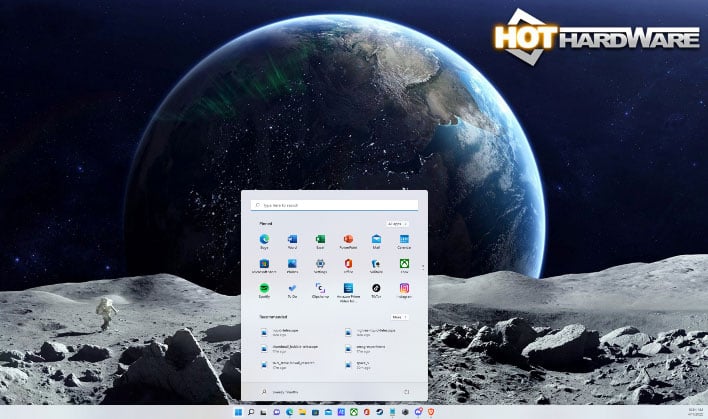Windows 12 Likely To Launch In 2024 Amid A Major Release Cadence Shakeup

Somewhere in a parallel universe, Windows 10 is still the most recent version of Windows, with Microsoft holding true to its original plan to continually uddate the OS until the end of time. But in this universe, Microsoft ended up changing direction and ultimately released another version, Windows 11. That's not likely to be the last major Windows release, either.
It appears the days of a single OS being perpetually updated are now firmly behind Microsoft, starting with the release of Windows 11 last year and continuing with Windows 12 supposedly set to debut in 2024. Then you can expect Windows 13 (or Windows 14, if Microsoft wants to skip an unlucky number) in 2027, Windows 14/15 in 2030, and on down the line.
Officially, no such cadence exists as the moment. Unofficially, however, unnamed sources told Windows Central that Microsoft is shaking up its development and release schedule for the Windows platform. The site says Microsoft will do "big-bang new releases" every three years starting with Windows 12 in 2024, essentially reverting back to a traditional release schedule like in the old days.

This takes continued development, and while that's going on, those same sources indicate Microsoft will also increase the frequency in which new features arrive for whatever version of Windows is current at any given time. Right now that's Windows 11.
Microsoft's shift in its cadence strategy means the Sun Valley 3 update for Windows 11 will never ship. Instead, those features will release to Windows 11 in a piecemeal fashion. Microsoft is purportedly referring to this as a "Moments" engineering strategy, in which new features and capabilities will roll out to Windows at key points in between major releases. Starting in 2023, it's said you can expect these to arrive up to four times a year.
These will be smaller updates as opposed to the bigger refreshes we've grown accustomed to with Windows 10 and now Windows 11. It's said Microsoft has already tested this approach when it updated the Taskbar in Windows 11 with a weather widget.
Assuming the shift in Microsoft's Windows cadence schedule is true, we suspect this means Microsoft will have multiple teams working simultaneously on both branches. That's probably how it is anyway, though in this case, it would make sense to put one or more teams on feature upgrades and testing for the current version of the Windows, while a separate team works on the next major version. We hope that's the case, anyway, so that developers aren't spread too thin.

